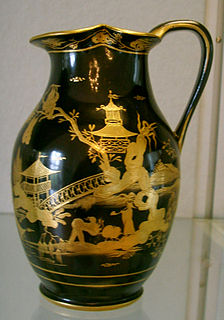
Chinoiserie is the European interpretation and imitation of Chinese and other East Asian artistic traditions, especially in the decorative arts, garden design, architecture, literature, theatre, and music. The aesthetic of Chinoiserie has been expressed in different ways depending on the region. Its acknowledgement derives from the current of Orientalism, which studied Far East cultures from a historical, philological, anthropological, philosophical and religious point of view. First appearing in the 17th century, this trend was popularized in the 18th century due to the rise in trade with China and the rest of East Asia.

The Montreal Museum of Fine Arts is an art museum in Montreal, Quebec, Canada. It is the largest art museum in Canada by gallery space. The museum is located on the historic Golden Square Mile stretch of Sherbrooke Street.

The Natural History Museum of Los Angeles County is the largest natural and historical museum in the western United States. Its collections include nearly 35 million specimens and artifacts and cover 4.5 billion years of history. This large collection is comprised not only of specimens for exhibition, but also of vast research collections housed on and offsite.

The Plaza de España is a plaza in the Parque de María Luisa, in Seville, Spain. It was built in 1928 for the Ibero-American Exposition of 1929. It is a landmark example of Regionalism Architecture, mixing elements of the Baroque Revival, Renaissance Revival and Moorish Revival (Neo-Mudéjar) styles of Spanish architecture.

Galería de la Raza (GDLR) is a non-profit art gallery and artist collective that serves the largely Latino population of San Francisco's Mission District. GDLR mounts exhibitions, hosts poetry readings, workshops, and celebrations, sells works of art, and sponsors youth and artist-in-residence programs. Exhibitions at the Galería tend to feature the work of minority and developing country artists and concern issues of ethnic history, identity, and social justice.

La Corona is the name given by archaeologists to an ancient Maya court residence in Guatemala's Petén department that was discovered in 1996, and later identified as the long-sought "Site Q", the source of a long series of unprovenanced limestone reliefs of exceptional artistic quality. The site's Classical name appears to have been Sak-Nikte' ('White-Flower').

The Musée national des beaux-arts du Québec, abbreviated as MNBAQ, is an art museum in Quebec City, Quebec, Canada. The museum is situated in Battlefield Park and is a complex consisting of four buildings. Three of the buildings were purpose-built for the museum. One building was initially built as a provincial prison before being repurposed for museum use.
The Neo-Mudéjar is a type of Moorish Revival architecture practiced in the Iberian Peninsula, and a far lesser extent Ibero-America. This architectural movement emerged as a revival of the Mudéjar style. It appeared in the late 19th century in Madrid and Lisbon, and soon spread to other regions of the country. They started to construct buildings using some of the features of the ancient style, as horseshoe arches, arabesque tiling, and the use of the abstract shaped brick ornamentations for the façades.

Conference House Park is a park in Tottenville, Staten Island, New York City. The park is located along the Arthur Kill coast where the kill opens into Raritan Bay. It contains clay bluffs, part of the terminal moraine, formed when the Wisconsin Glacier receded 10,000 years ago. Ward's Point, the southernmost point in New York state, is located in the park.
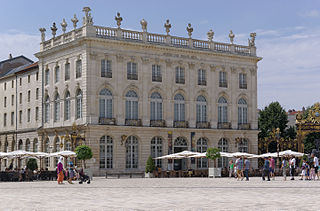
The Museum of Fine Arts of Nancy, one of the oldest museums in France, is housed in one of the pavilions on Place Stanislas, in the heart of the 18th-century urban ensemble, a World Heritage Site by Unesco. The museum displays an important collection of European paintings and is largely open to design, including a gallery dedicated to Jean Prouvé or the Daum factory.
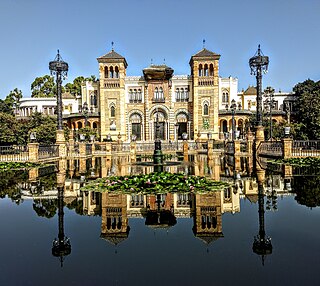
The Museum of Arts and Popular Customs of Seville is a museum in Seville, Andalusia, Spain, located in the María Luisa Park, across the Plaza de América from the Provincial Archeological Museum. The museum had 84,496 visitors in 2007.

The Plaza del Potro is a public square in the Spanish city of Córdoba.
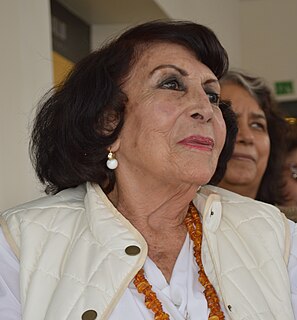
Geles Cabrera Alvarado is a Mexico City sculptor who has worked in a variety of materials, there is a museum dedicated to her work in the south of the city.

The National Historical Archive of Spain is based in Serrano Street in Madrid. It was founded in the nineteenth century when it shared a building with the Real Academía de la Historia.
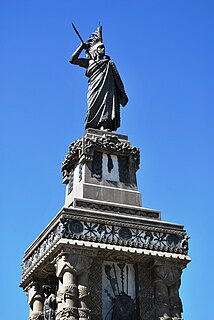
The Monument to Cuauhtémoc is an 1887 monument dedicated to the last Mexica ruler (tlatoani) of Tenochtitlan Cuauhtémoc, located at the intersection of Avenida de los Insurgentes and Paseo de la Reforma in Mexico City. It is the work of Francisco Jiménez and Miguel Noreña in the "neoindigenismo", and was proposed to promote the new government of Porfirio Diaz.
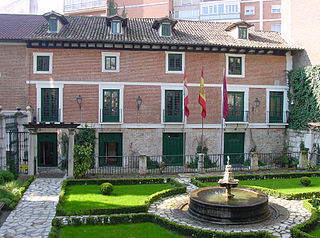
The Casa de Cervantes is a museum located in the city of Valladolid, Spain. The building was the home of the Spanish author Miguel de Cervantes. It is not to be confused with other houses associated with Cervantes, the birthplace in Alcala de Henares and the museum in Esquivias.
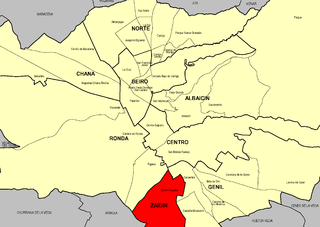
El Zaidín is a district located in the South of the city of Granada. It is also known by the name of Zaidín-Vergeles. It is the most populated neighborhood. In the north lies the neighborhood of Cervantes and Mirasierras', to the west lies Figares neighborhood, to the south lies Armilla and to the east lies La Zubia.

















